Gridserve: we visit London’s electric filling station of the future
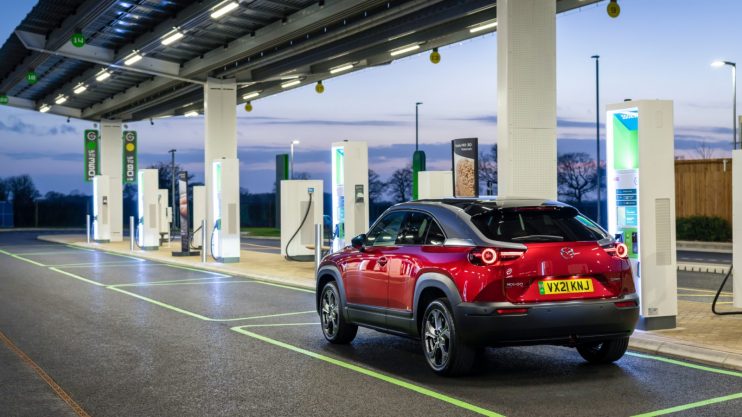
The pumps deliver electricity, not petrol or diesel. There’s a Post Office and a supermarket selling ethical products, rather than fruit machines and fast food. Plush sofas take the place of plastic chairs, and the wi-fi is super-fast. Oh, and you can still get a large cappuccino to go. If this is the future of filling stations, I’m fully behind it.
Welcome to Gridserve, the ‘world’s first electric forecourt’ on the A131 near Braintree. I’m here for the UK launch of the Mazda MX-30 – a stylish electric SUV that costs from £26,045.
There’s plenty to like about the MX-30 – read our full review here – but suffice to say its biggest stumbling block is a 124-mile range. Perhaps basing the event at a charging hub was a wise move.
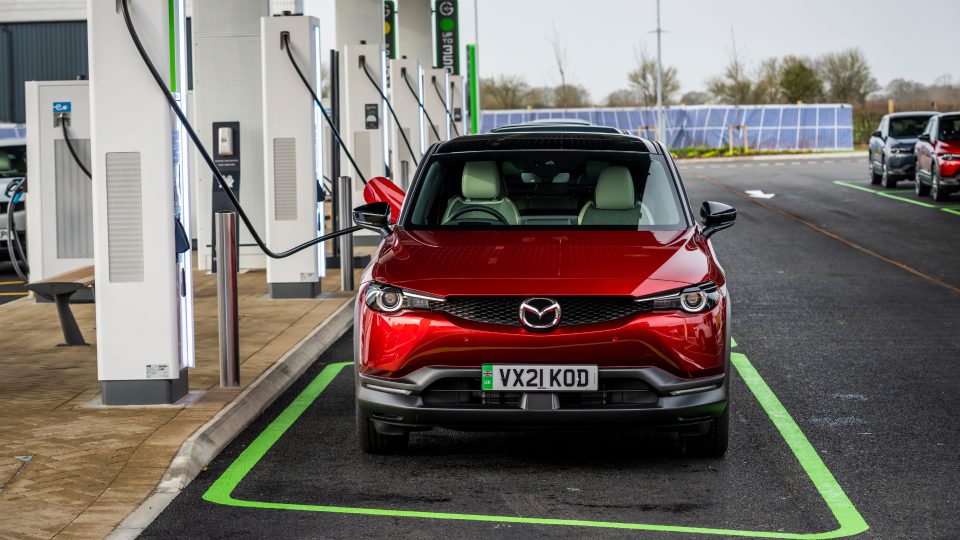
I arrive at Gridserve and, rather sheepishly, park my petrol-powered VW Golf around the back. Drivers of non-electric cars are also free to use the facilities, I am later told. The 2.5-acre site offers no less than 24 DC chargers – 12 offering up to 350kW and 12 up to 90kW – plus six AC chargers (up to 22kW) and six Tesla Superchargers. ‘Filling up’ costs a flat rate of 24p per kWh, although the Superchargers have their own independent rates (typically 28p per kWh, says the Tesla website).
Inside, the food and drinks are upmarket, the toilets are scrupulously clean and the upstairs lounge is nicer than my front room. There are also several fully-equipped meeting rooms, available for £16 an hour. With Covid accelerating the change towards flexible, remote working, I expect they’ll be busy.
I take the Mazda for a swift-but-silent drive around the Essex countryside, then plug it back in – a 20 percent to 80 percent charge in 36 minutes, since you ask – and go in search of Sam Clarke, chief vehicle officer at Gridserve.
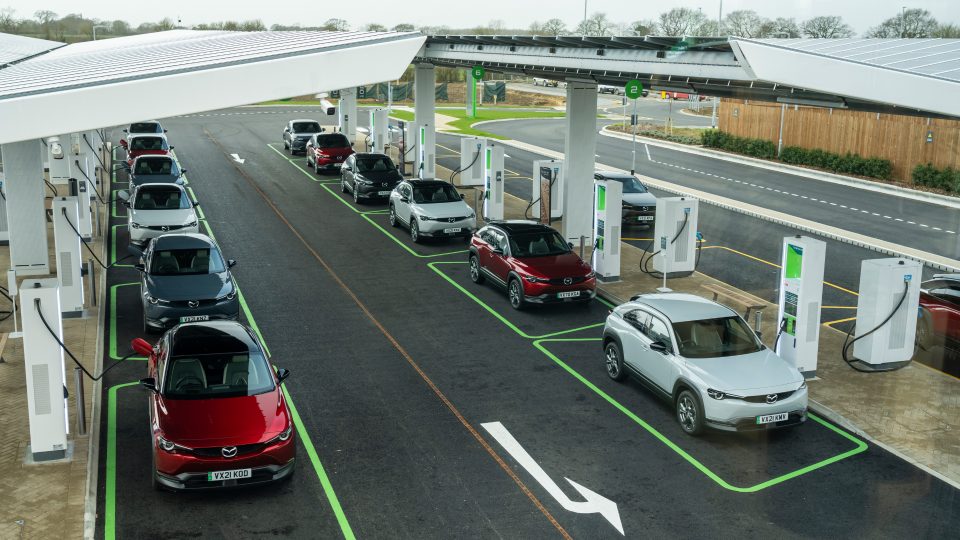
Sam is a fully-paid-up electric evangelist: “I’ve been driving EVs for almost 20 years,” he tells me. “I started on electric motorbikes, then had a G-Wiz [the dreadful electric quadricycle that once roamed London streets in surprisingly large numbers]. Now we’re a two-car household with two pure battery EVs.”
Having started a business selling electric bikes and scooters in the early 2000s (“I was too early to market”), Sam established a successful all-electric delivery company. He joined Gridserve in 2020, shortly before the Braintree site opened in November.
“Just over one percent of registered cars and vans on the road are pure battery EVs, but that’s going to change rapidly,” he says. “Infrastructure is the next step – and that’s where we come in.”
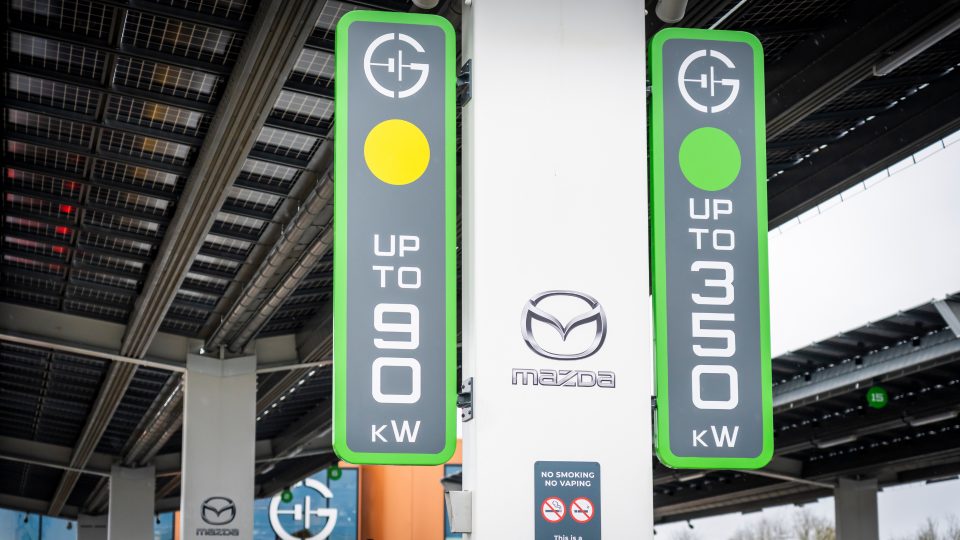
Gridserve has big plans. It hopes to open 100 new sites over the next five years, mostly on major roads and motorways. By the end of this year, expect to see Gridserve hubs in Norwich, Gatwick and Uckfield, among other locations.
Sam believes the hub system – having lots of chargers at one location – makes sense for drivers. “You know you’ll be able to plug in, rather than finding the charger in use.” He also says Gridserve is future-proofed for the next generation of electric cars. “The Porsche Taycan charges at speeds up to 280kW, but we already offer 350kW.”
Gridserve has also acquired a 25 percent in Electric Highway, which owns 86 percent of the motorway charging network, including the slow-going Ecotricity chargers found at many services. Upgrading these will be part of the deal.
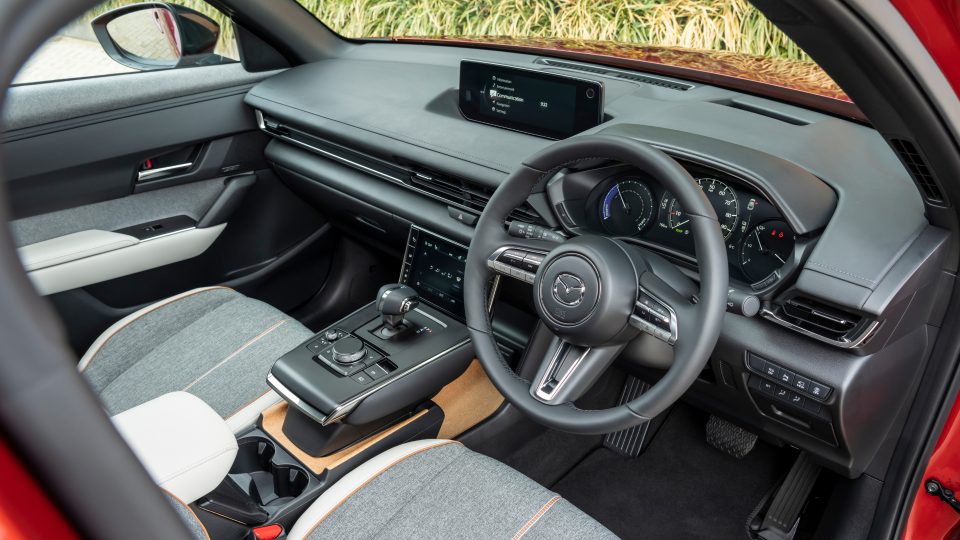
Leasing electric cars is also part of Gridserve’s business model. So you’ll be able to see the newest cars and browse the latest offers while sipping a coffee or waiting for your charge.
“We want to blow away the myths and educate people about EVs,” says Sam. “The market is moving towards a subscription model, so leasing makes sense. Car usage will always be there, but people are less willing to own a depreciating asset.”
In time, potential customers should be able to test-drive new EVs at charging hubs, too. “That’s something we’re looking into. I keep having to remind myself that most people aren’t familiar with electric cars.”
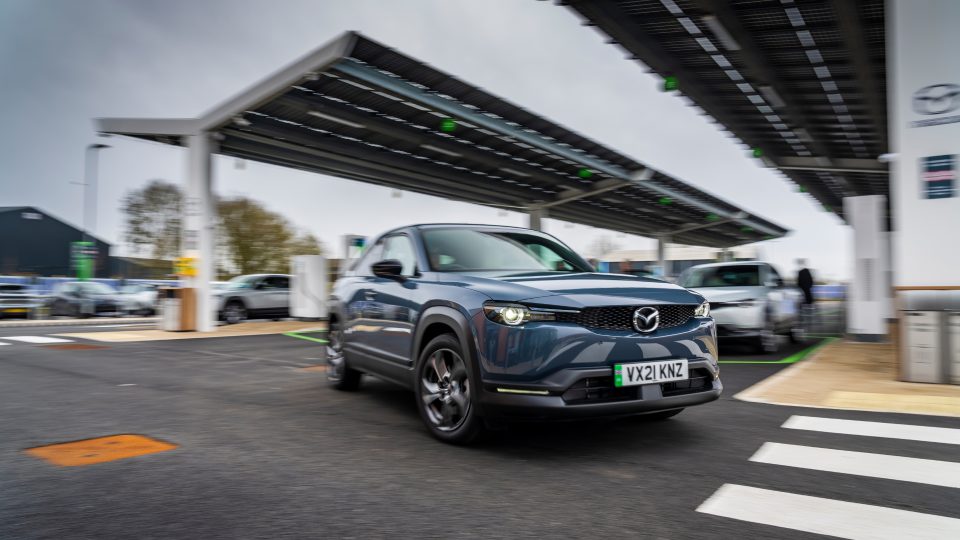
As you’d hope, Gridserve is keen to bolster its green credentials. The electricity it delivers comes from solar farms filled with lithium-ion batteries – similar to those found in most EVs – and is 100 percent sustainable. Braintree, for example, is fed by a solar site in nearby Clayhill.
The company also promises to plant 100 trees for every car leased, at one of its tree-planting projects in Scotland and Borneo.
It all adds up to being “as renewable and zero-emissions as possible,” says Sam. I think we can all get behind that.
Tim Pitt writes for Motoring Research